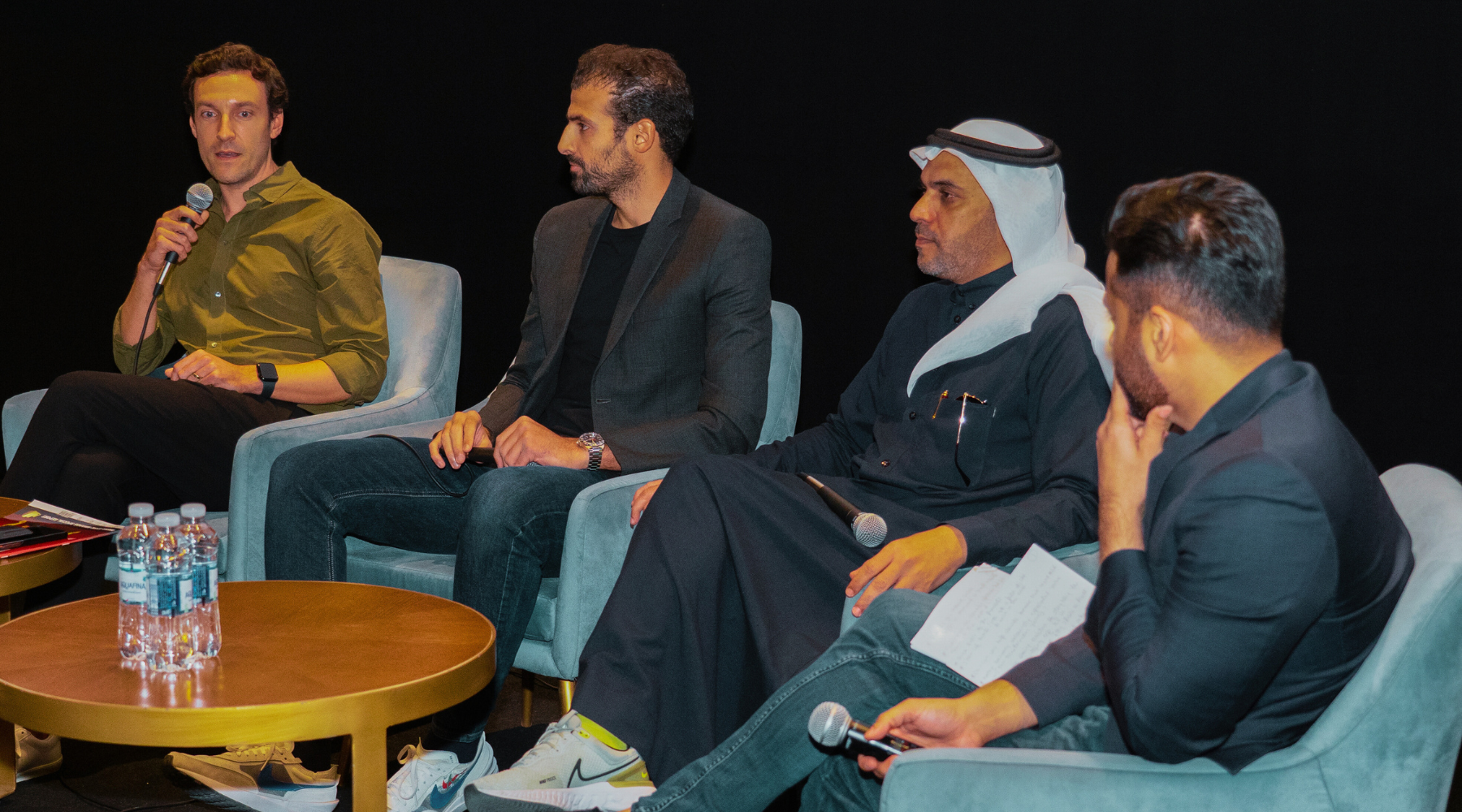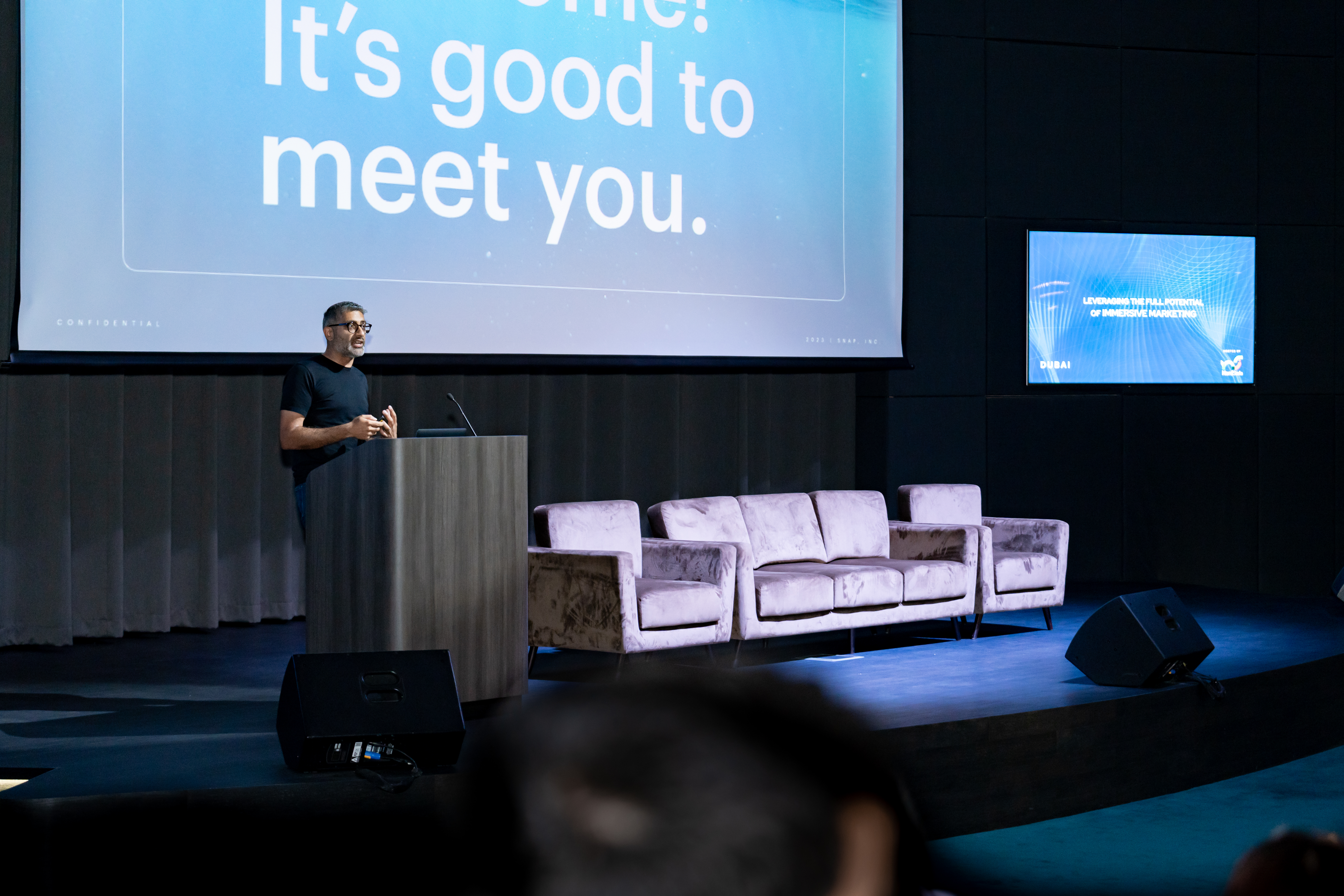With covid-19, there is not one but two new realities shaping up, and both call for a new approach from digital marketers, says Terry Mo, Director – Performance at OMD.

As we move through the covid-19 crisis, two distinct search trends are emerging, and they illustrate two sharply contrasted mindsets among consumers. On the one hand, people search for advice on telecommuting or working from home, while on the other, searches on an impending recession and unemployment are also rising fast. These two trends appear to be the opposite ends of a spectrum and, as such, point to two different realities resulting from the crisis.
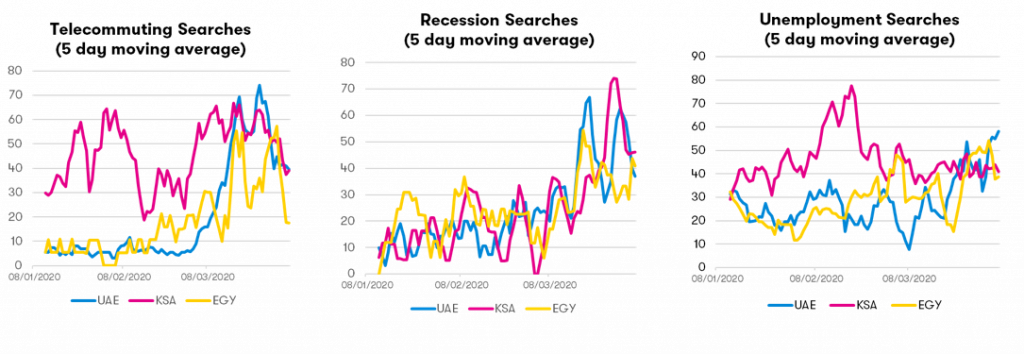
REALITY ONE: TELECOMMUTERS
One of these realities is full of people who are trying to adapt to their new work dynamics as these could well become a new normal. Our telecommuters are finding ways to manage teams that are not physically present. They’re re-learning how to run a meeting and overcome technological limitations they might have never imagined. For the people adapting to this emerging reality, there is a real desire for things to return to ‘normal.’ Telecommuters want the crisis to be over so they can return to scheduled programming – seeing friends, re-booking family holidays, receiving purchases that fell into Amazon’s non-essential item category. This group is not about economic uncertainty; life is just on hold. In the meantime, they’re digitizing their lifetimes even further. Across a selection of OMD clients relevant to this segment, time on site is increasing up to 32.6%. Marketing to this group means acknowledging their temporary lifestyle and looking forward to a return to ‘normal.’
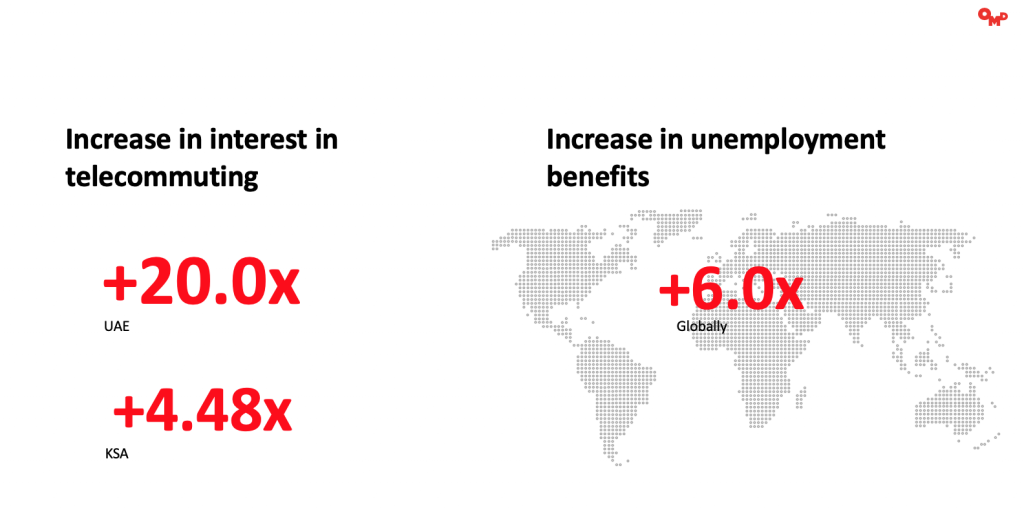
REALITY TWO: SELF-IMPROVERS
There is an alternative reality forming, though. Covid-19 is hurting entire industries, from brick-and-mortar retail to construction and travel. As well as lives, the pandemic is threatening livelihoods. Quarantined and out of work, people in this reality – let’s call them our self-improvers – balance between anxiety and boredom (celebrities cooking has become the entertainment we never knew we needed). Some focus on productivity, using this time to reinvent themselves, echoing Isaac Newton’s musing on optics during the Great Plague of London. Engagement with online courses and language learning apps are both up. YouTube views of workout videos are up (55% YoY) and views of cooking videos are also up (45% YoY). At the same time, we also see spikes in viewership for coping techniques and mental health (up 38% YoY). In this reality, there is a delicate balance between a desire for self-development and a fragile mental state. Any marketing directed at this group will require a sensitive touch.
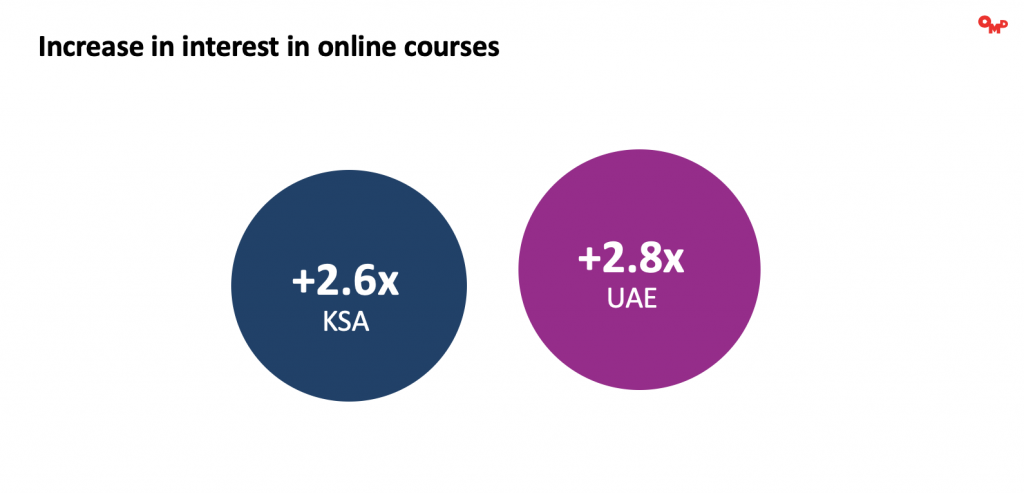
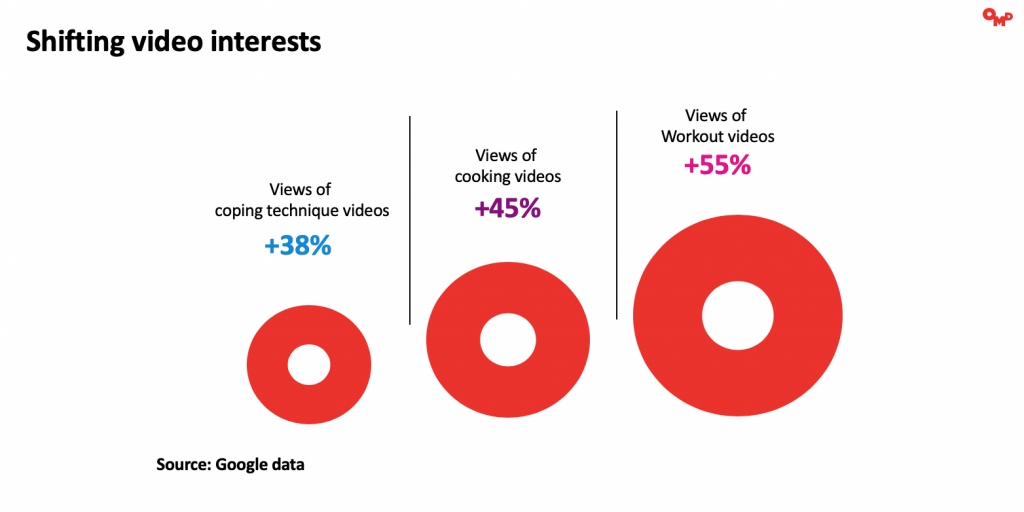
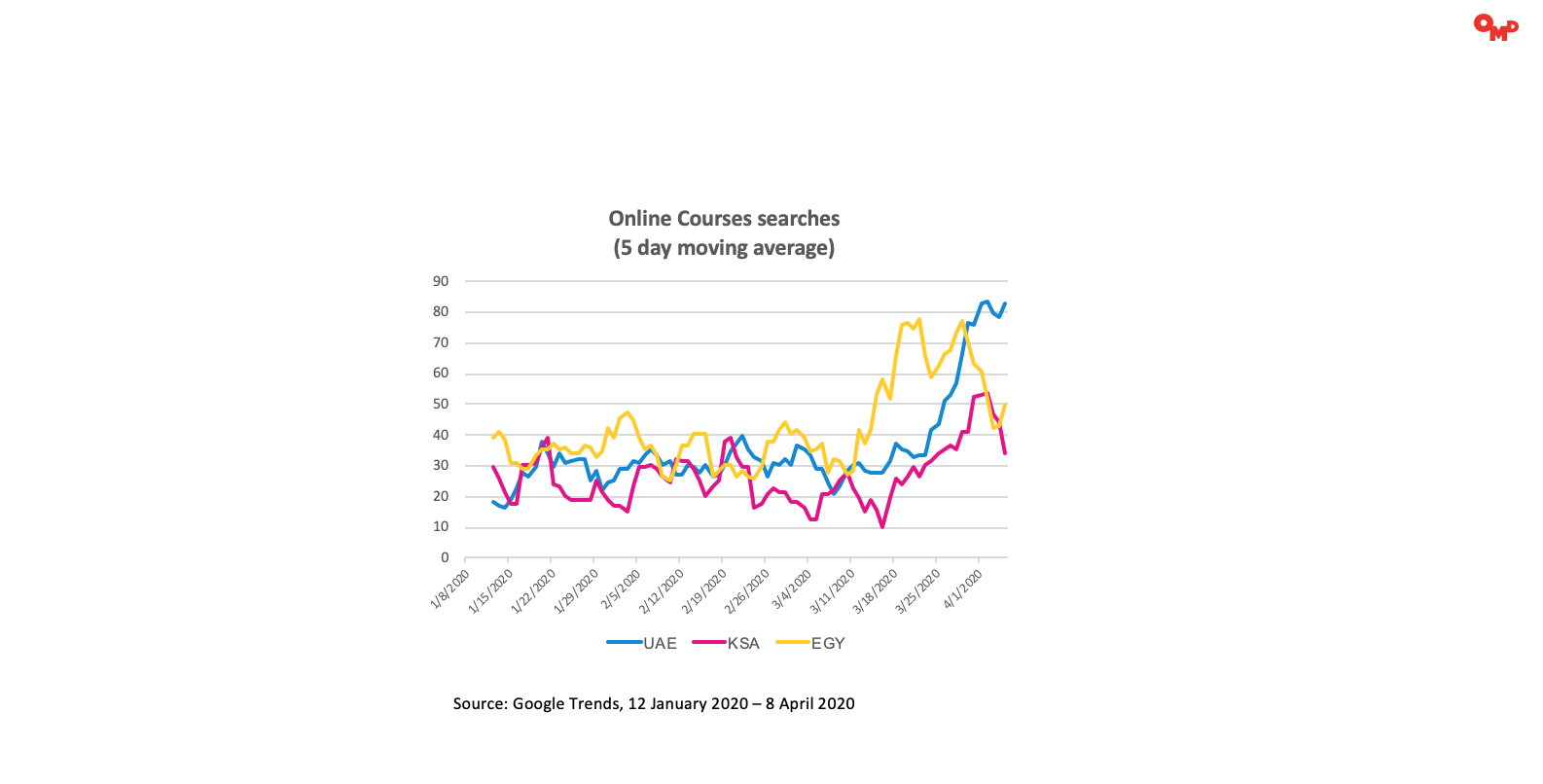 These two realities shape consumers’ lives right now and, as marketeers, we need to let our consumers’ lives define our approach.
These two realities shape consumers’ lives right now and, as marketeers, we need to let our consumers’ lives define our approach.
THE MEDIA IMPACT
So, just how have these new realities impacted media consumption?
First, there is an indisputable shift to digital media and both telecommuters and self-improvers are spending more time online. Biddable channels stand to benefit as the increase in digital media consumption leads to an increase in available impressions. For example, across the UAE and Saudi Arabia, YouTube watch times grew by around 4.5x in the 30 days leading up to mid-March. These jumps are even higher in markets more heavily affected by covid-19, such as Italy (20x) and Germany (11x). This effect is not limited to video: engagement has increased across the digital media board, creating more choice to serve messages.
Secondly, like any period of uncertainty, many advertisers are holding back, like 86% of U.K. marketeers who are reviewing or delaying campaigns. The significant and rapid drop in business, which affects cash-flow, and the threat to incomes, particularly for self-improvers, can prove a formidable challenge requiring desperate measures.
The resulting combination of new available supply and decreased demand has altered market dynamics. Shrewd marketeers can find in this new reality a way to efficiently build their brands – either satisfying telecommuters’ aspiration for a return to ‘normal’ or supporting self-improvers on their way to a new beginning.
WHAT SHOULD BRANDS DO?
Work with intent: Search specialists love ‘intent,’ which means ads won’t show unless consumers are interested enough to search. In a cost-per-click model, this lowers the risk of ‘wasted’ investment. In the last month, we’ve seen a decrease in search volume across multiple verticals. However, when these searches do happen, we see a sharp increase in conversion rate (+58.9%) and increased engagement. If you haven’t already identified and maximized reach across high intent keywords, now is the time to do so.
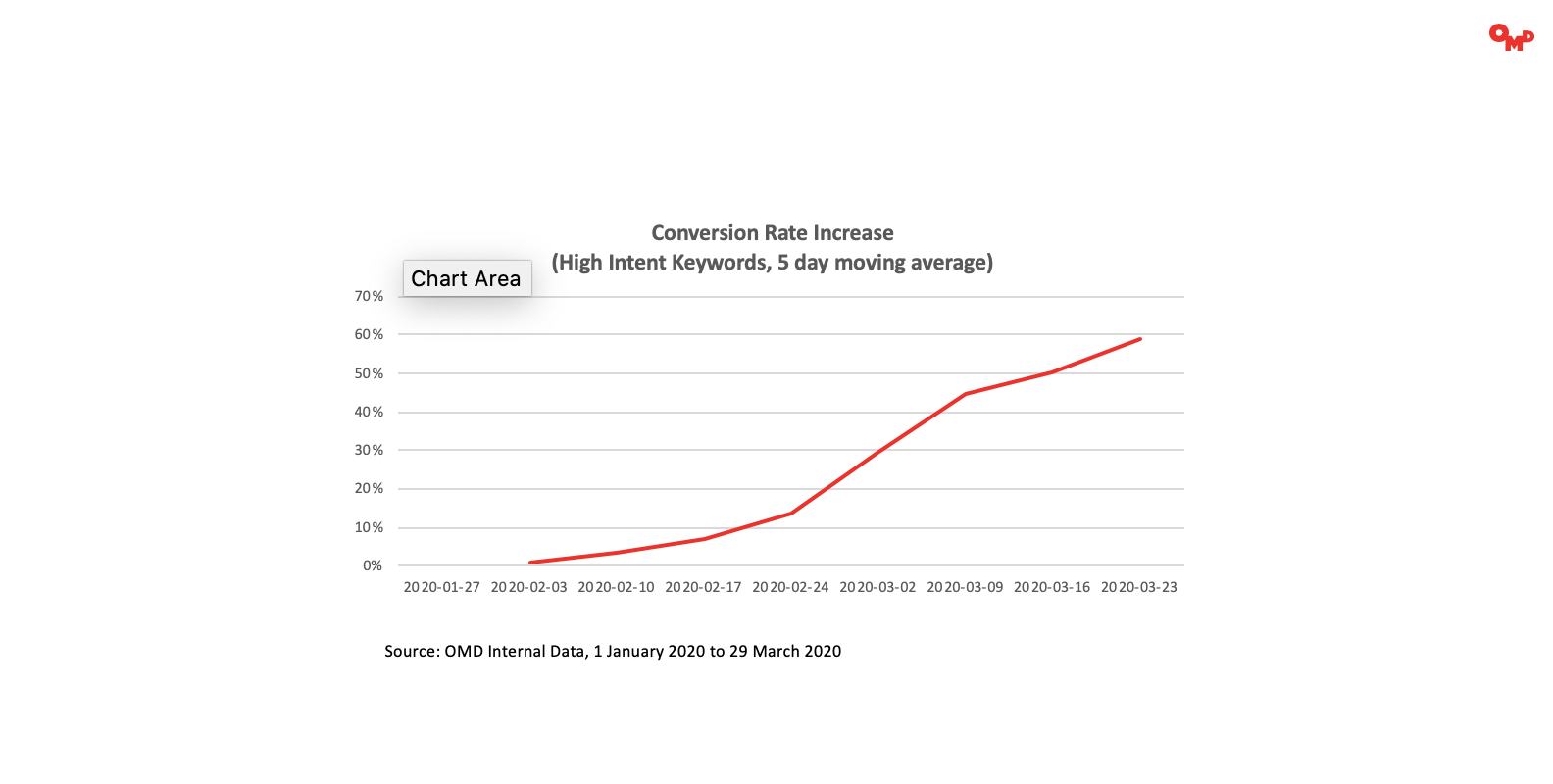
Build a (relevant) branding message: In the last few weeks, we’ve seen an increase in available inventory for biddable media and fewer advertisers in the market. This shift in both supply and demand has changed the auction dynamic. For example, we have observed decreases in cost of up to 25% on YouTube and up to 68% on search. The big caveat here is message relevance. Creative is responsible for up to 49% of the impact of an advertising message, so having an old creative run on cheap repeat is not (and never was) a good idea. Instead, think about how you can develop a message for this moment, like Nissan’s Ode to Empty Roads.
Rethink your approach to brand safety: While the positive cost implications of maintaining marketing activity during this crisis are clear, we can’t neglect brand safety. Early on in their careers, biddable specialists are taught that death and disaster are to be avoided as a content environment. Coronavirus is different, though. It’s not a part of the news cycle that can be avoided; it is the news cycle (see YouTube and DoubleVerify perspectives). Marketeers need to rethink whether they want to or can avoid the topic – the alternative being to tackle it head-on with empathy and social responsibility. The key is to shun sensationalist and poor-quality reporting designed to breed angst and despair. Managing brand safety is a delicate balance right now, but it’s a conversation that needs to happen.
Rather than a passing event, this situation is leading us to a new reality to which we need to adapt. Our telecommuters need to rethink the way they work, and some will be found wanting. Our self-improvers are having to hit the reset button on their lives and will need help to navigate the next few months. Luckily, their engagement with media on both fronts is improving and biddable media gives us the tools to be more effective and cost-efficient than ever before.
These are no ordinary times and traditional responses are ill-suited to the emerging consumer and market realities. Time to look again and reevaluate all the options objectively.



